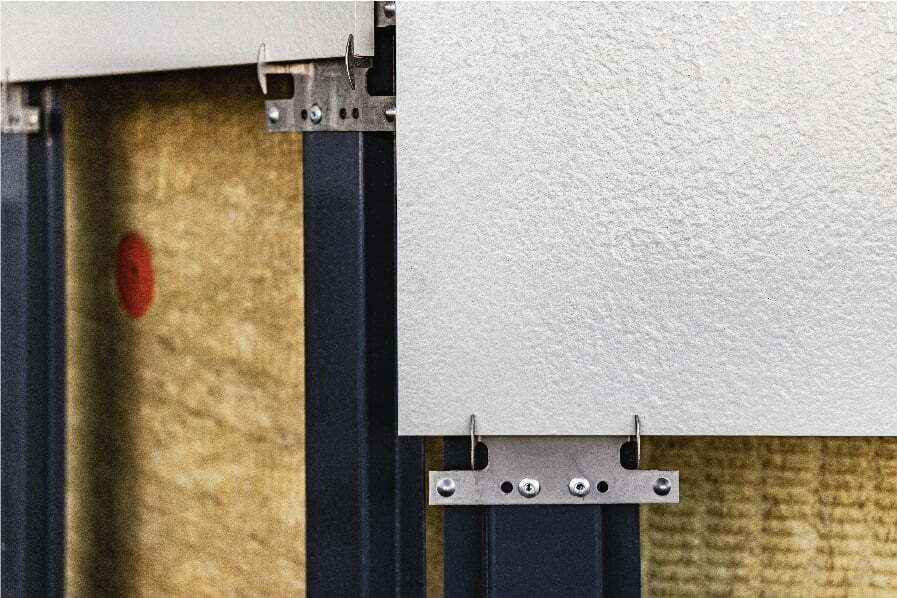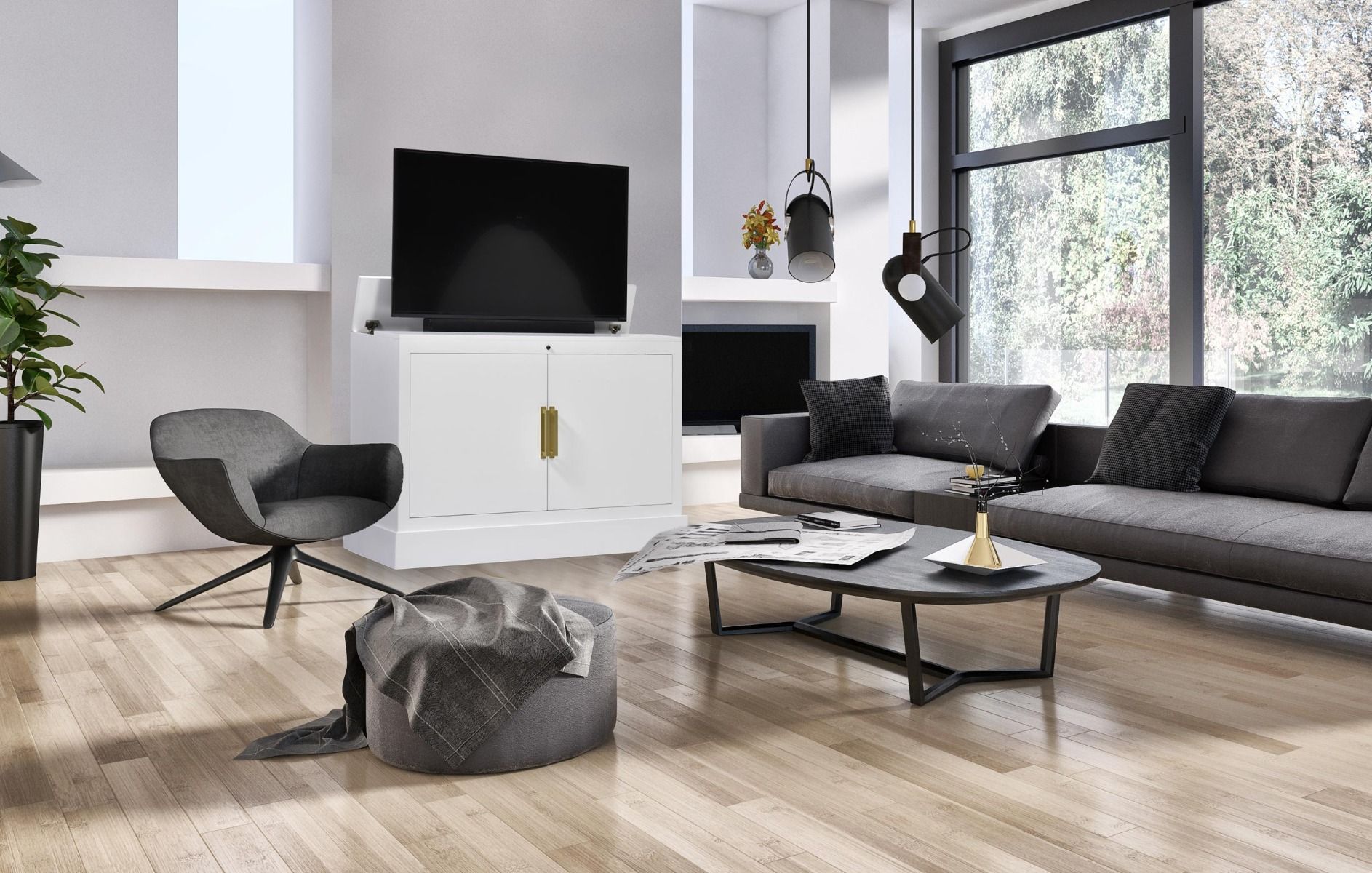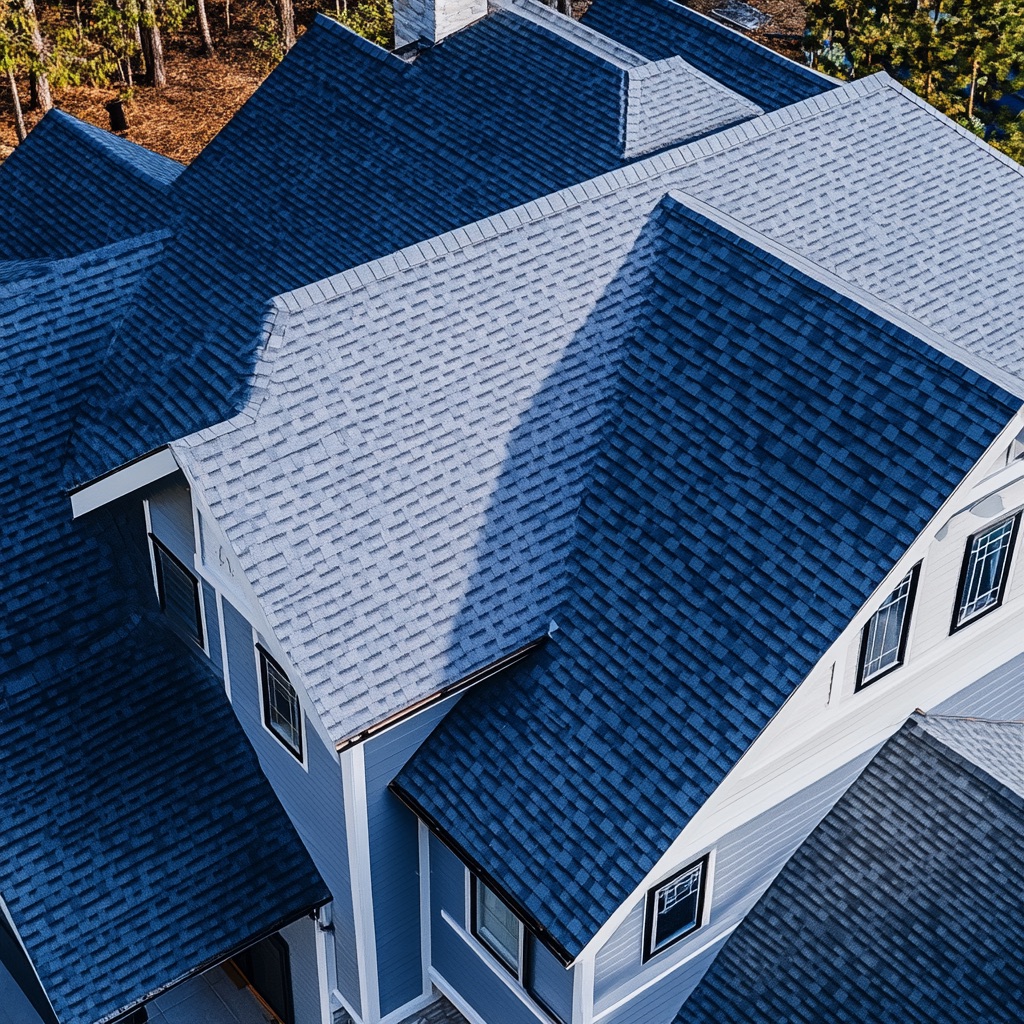Last updated on
These parts of your home must be well-insulation. Here are the considerations by insulation type. Read on!
Insulation is an essential part of keeping your home comfortable and energy-efficient. Without proper insulation, you’ll likely experience comfortable temperatures throughout the year and higher utility bills.
To ensure your home remains comfortable and efficient, it’s essential to identify areas needing insulation and take steps to improve them.
We’ll discuss some common home parts that require insulation to keep your living space cozy!
Basics of Home Insulation

Insulation is a material that helps keep heat and cold from escaping or entering your home. It creates an airtight barrier between different areas within your home, thus preventing temperature transfer.
Before discussing the parts of your home that need insulation, it’s important to understand some essentials about insulation in general.
There are several different types of insulation, such as fiberglass, cellulose, and spray foam. Choosing the right kind of insulation for each area in your home is essential to ensure that you get the best results.
Types of Home Insulations

So the following are the main types of home insulation that you can consider for different parts of your home.
Spray Foam Insulation
For most homes, spray foam insulation is the go-to choice. It’s one of the most effective and efficient types of insulation and has a high R-value (a measure of its resistance to heat flow). Spray foam can be used in attics, walls, windows, doors, and other joints throughout your home.
Fiberglass Insulation
Fiberglass insulation is another popular choice for insulating homes. It’s made up of tiny glass fibers and works by trapping air within its structure, which prevents heat or cold from leaving or entering your home. It’s an excellent option for insulating walls and attics.
Cellulose Insulation
Cellulose insulation comprises recycled paper products such as newspaper and cardboard. It’s highly effective at trapping air and preventing heat transfer, making it great for attics, walls, and crawl spaces.
These are just a few types of home insulation, but they are the most common. Now that you know some basics about insulation, here’s a look at some of the essential parts of your home that need insulation to keep your living space comfortable and efficient all year!
Parts of Your Home That Need Insulation

The following are the main parts of your home that need to be well-insulated.
Attic
The attic is one of the most important areas to insulate since it’s typically the first place where heat escapes. Without proper insulation, you may find that your home feels much colder than it should in the winter months.
To ensure this doesn’t happen, opt for a thick insulation material, such as spray foam or fiberglass, to provide better protection from the cold.
Walls and Floors
Insulating your walls and floors can help keep your home at a comfortable temperature year-round. If you’re looking for an efficient insulation material, consider using spray foam, as it can fill in any gaps between your walls and floors.
Windows
Windows are another common area where air can enter or escape your home, so insulating them is also essential. To do this, you should use a window insulation film or weather stripping to prevent cold air from entering the house during winter.
Pipes
Pipes are also vulnerable to heat transfer, so insulating them is essential to prevent any water damage due to freezing temperatures. To do this, you should use a foam pipe insulation material and wrap the pipes in it.
Basements
Basements are typically colder than other areas in the home and, as such, require more insulation. To achieve this, you should use an insulation material thicker than what you would use for other parts of your home.
The Takeaway
Insulating your home is an important task that’s often overlooked. Understanding the different types of insulation and the essential parts of your home that need it, you can ensure your home stays comfortable no matter what season.
With proper insulation, you can rest assured, knowing that heat and energy won’t escape your home unnecessarily. You’ll save money on energy bills!
Recap




